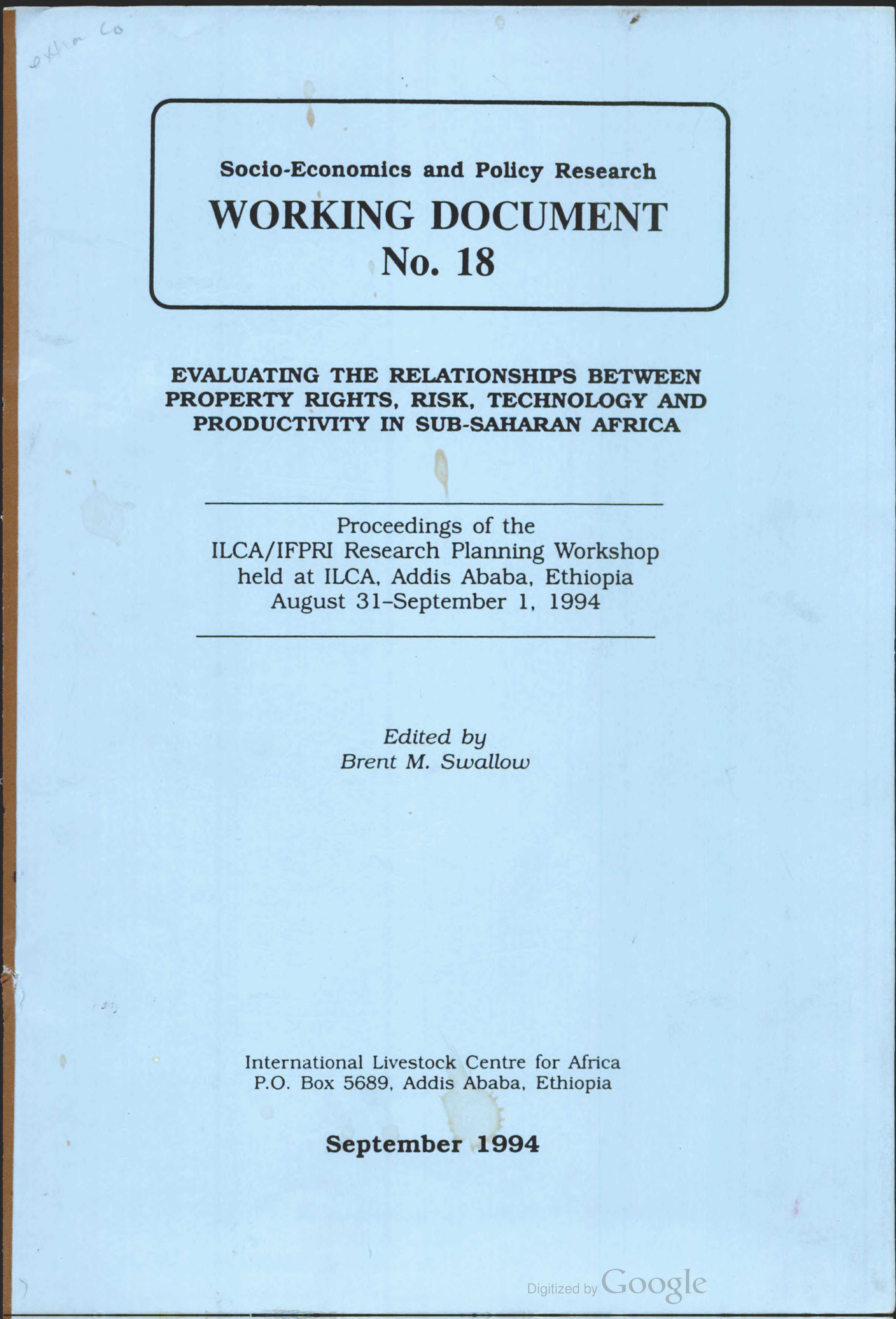Resource information
This presentation concerns the key property rights issues arising in the West African Semi-Arid Tropics (WASAT). The WASAT contains three main agro-climatic zones: Sahel (300–600 mm of annual rainfall falling in 2.5–4 months); Sudanian (600–900 mm, 4 to 6 month rainy season); and Guinean (900–1100 mm, 6–7 month rainy season). The author presented a conceptual framework to explain the responses that farmers in the WASAT region have adopted to deal with changes in their environment. This framework includes - risk and uncertainty are pervasive in the WASAT; farmers take an ecological approach to crop and livestock production; access to different land types modifies the approach that a farmer can take; property rights continuum; evolution of land use; land use is becoming more intensive and permanent, and land rights are becoming more heritable; and farmers have adopted a number of adaptive responses to this situation. There are several implications for property rights and some of these are summarised in this paper. The paper ends with an overview of current research



